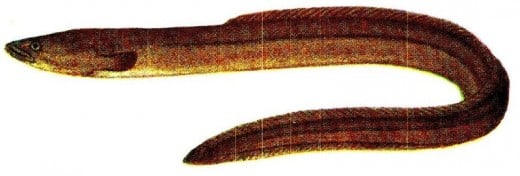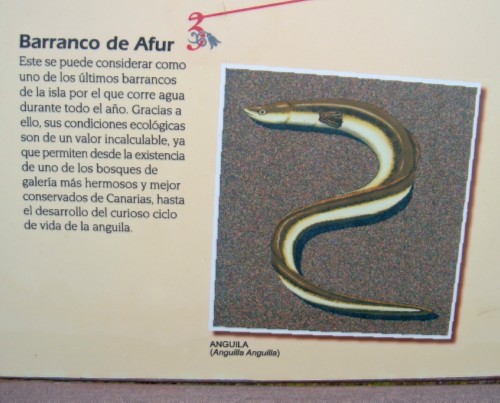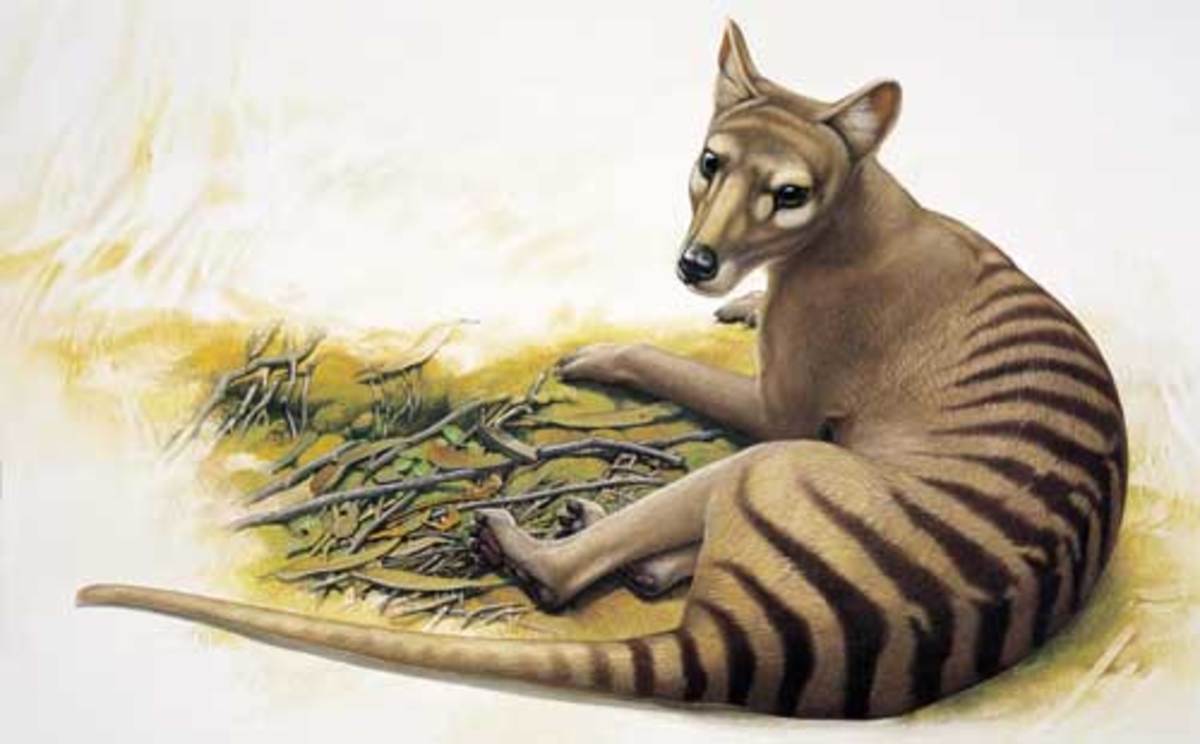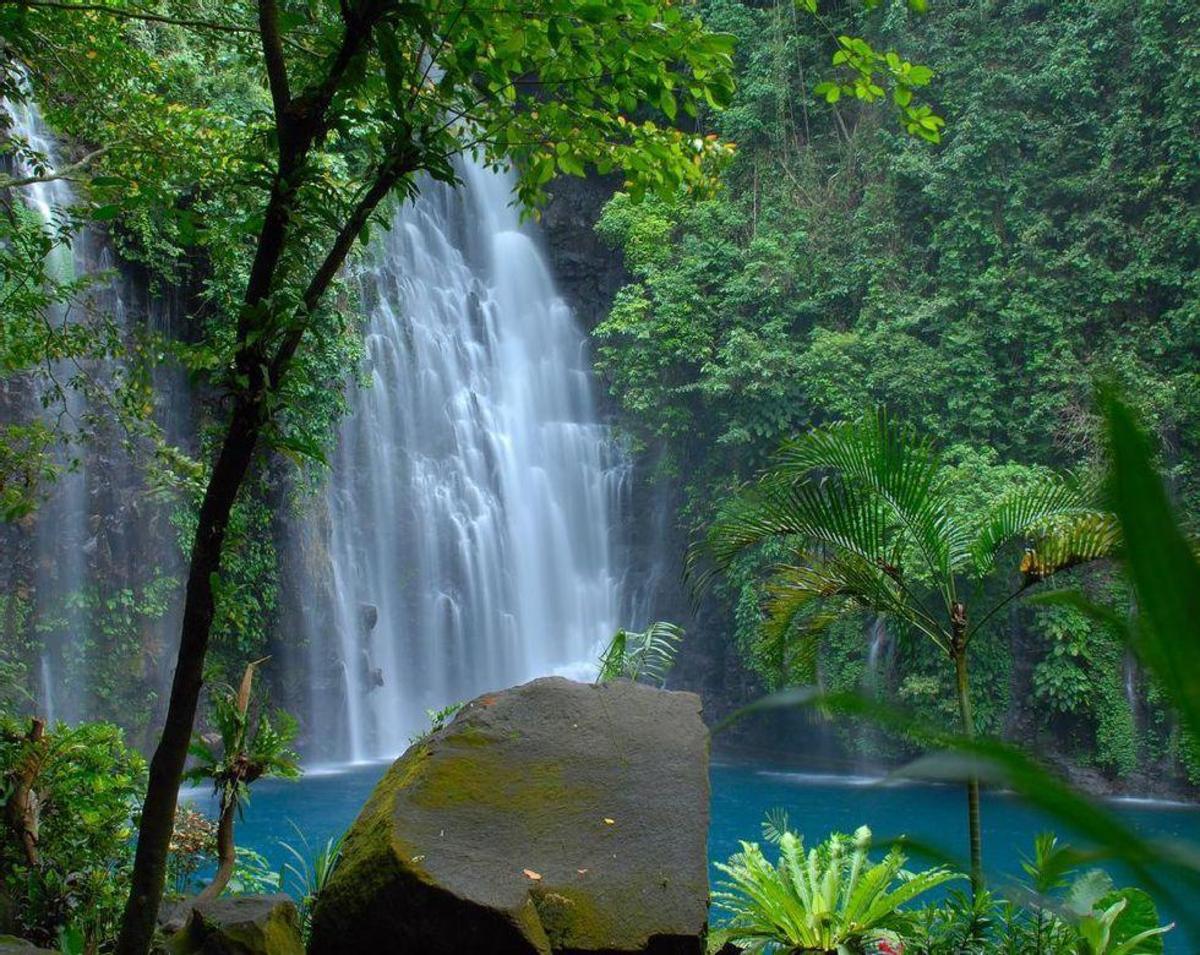- HubPages»
- Education and Science»
- Life Sciences»
- Endangered Species
The European Eel - once common but now an endangered species
European Eels - an endangered species
When I was a boy Eels were so common I would never have believed you if you told me in the future they would become an endangered species but this is what has happened. The European Eel (Anguilla anguilla) is listed as Critically Endangered and has dropped in numbers by over 90%.
I remember when there were so many "glass eels", which are the babies, that used to climb Llandaff Weir that all you had to do was put a bucket underneath a wriggling mass, tap them and thousands would fall into your container below. In the River Taff itself, just about every large stone would have an elver, or maybe two, underneath it. And this was not unusual. All rivers and large streams were full of these fish. But this is no longer the case at all.
European Eel

European Eel described
European Eels spawn in the Sargasso Sea and make the incredible journey all the way their to breed when they are adults and all the way back as babies that are known as “glass eels” and then elvers when they become a bit bigger. For many years it was a mystery as to where Eels actually came from.
Adult European Eels grow to around 2ft usually but exceptionally big specimens can reach lengths of 3ft or 4ft. They live in freshwater for as much as 20 years and become known as Yellow Eels after they grow out of the elver stage.
European Eels heed on worms and other aquatic life. They often remain hidden in holes in the riverbank or under rocks.
European Eels can survive out of water as long as they are wet and as glass eels they will climb up walls and wet rocks to get over weirs and dams. Older eels will travel overland in storms and at night after rain and can in this way find ponds and lakes with no access to the sea via running water.
When the European Eel matures its belly and sides take on a silvery colour and it is then known as a “silver eel.” At this stage they stop eating and make their way back to the sea and swim for thousands of miles to reach the Sargasso Sea where they breed and then die.
Remarkably it is still not known where in the Sargassso Sea this happens. The exact location where it is believed that all the eels spawn is not known.
European Eels have been a major source of food for many animals and birds, including Otters and Herons. Obviously the decline in these once common fish will affect other predatory species too.
Because the European Eel has become so rare Greenpeace International added it to its Seafood Red List in 2010. An alternative name for the species is the Common Eel but this is no longer an apt description.
Monitoring European Eels at Slapton Ley NNR
Glass Eels and Elvers
While the baby eels are still at sea they are known as being in the larval leptocephalus stage. They do not eat at this stage and are carried for thousands of miles by ocean currents. They become glass eels as they approach the coasts of Britain and Europe. Instinctively they know they must leave the saltwater and find rivers, streams and drains they can enter to go further inland where they will grow to maturity.
As already explained, the glass eels will climb out of water in an effort to get upstream in rivers that have weirs and dams. They used to be caught in fantastic numbers at this stage with eel traps set in estuaries. The glass eels were sold on, and adult eels were prepared and served as “jellied eels,” which were a very popular food in the UK and on sale at all fish-markets. In East London jellied eels were a traditional food.
I can remember drainage dykes in the Marshfield area of Cardiff where you could see thousands of these little eels congregating below locks and wriggling out of the water at the edges to get into the next section of the waterway. Sweep a net through the water and you could catch hundreds and easily but not anymore. Numbers have been dropping fast since the 1970s.
Eels Climb Wall
Threats to the European Eel
One of the reasons I was shocked to find that European Eels have become and endangered species is because I have always thought of them a a really tough and adaptable species. They could live in salt water, brackish water, running water, stagnant water and even out of the water if they were damp.
Not only that, but pollution didn’t seem to worry them. The water in the River Taff used to be so badly polluted with run-off from the coal mines up the Welsh valleys that it was black as was the mud. Detergents from drains made the water foam and no water plants were able to grow in this filthy water. Eels thrived though.
The reasons being given for why they have become so rare are that they have been over-fished, suffered from attacks by parasites, had new problems with changes to the ocean currents, such as the Gulf Stream, and by the harmful effects of pollutants such as PCBs. It is possible that when I was seeing eels in the river as a child that they had not been exposed to pollution long enough for it to have had a bad effect on their numbers.
Artificial dams and weirs are other problems the eels encounter, although, as already said, they normally get over these problems by leaving the water and climbing or wriggling their way to where they need to go.
Tenerife European Eel

Eels in Tenerife
Tenerife in the Canary Islands is hardly the sort of place you would expect to be a stronghold of the European Eel but it is listed as the only naturally occurring freshwater fish to be found there. Tenerife has hardly any freshwater that is present all year apart from that in the reservoirs, irrigation tanks, and ponds in parks and gardens.
There are a few streams with water in them all year around though, and one of these is in the remote village of Afur in the north of Tenerife. There is a ravine there through which the water runs and pools the eels can live in.
In the neighbouring mountain village of Taborno that overlooks Afur there is an information plaque with an illustration of a European Eel and the information that it can be found in the Afur ravine.
Newly hatched larvae of European eel
European Eel conservation
Now that it has been recognised that the once very common European Eel is actually an endangered species various steps have been taken as conservation measures.
According to Wikipedia, a research project has been set up by Innovatie Netwerk, with Henk Huizing in charge of it, to find out if European Eels can actually be bred successfully in captivity.
This is very difficult because the adult eel only can only reproduce after it has swum a distance of at least 6,500 kilometres. In addition, Innovatie Netwerk has begun a breeding project that is known as InnoFisk Volendam. I have included a link below for PRO-EEL, an organisation set up to counter the decline if natural stocks of European Eels by breeding them in captivity.
So people are trying to do something about saving the European Eel before it is too late.
Eel links
- PRO-EEL
- Europe's Eels Are Slipping Away, Scientists Warn
Europe's eels are heading towards extinction, scientists warn. Stocks there declined an estimated 99 percent since the 1970s. The collapse has spurred a Europe-wide action plan to conserve the species and save related jobs. - European eel - Wikipedia, the free encyclopedia
- BBC - Radio 4 World On the Move: Great Animal Migrations - Species: European Eel
Science is starting to replace the sailor's yarn as the main source of knowledge about the European Eel. However, we still don't fully understand what happens when the Eel migrates away from the UK - Jellied eels - Wikipedia, the free encyclopedia



